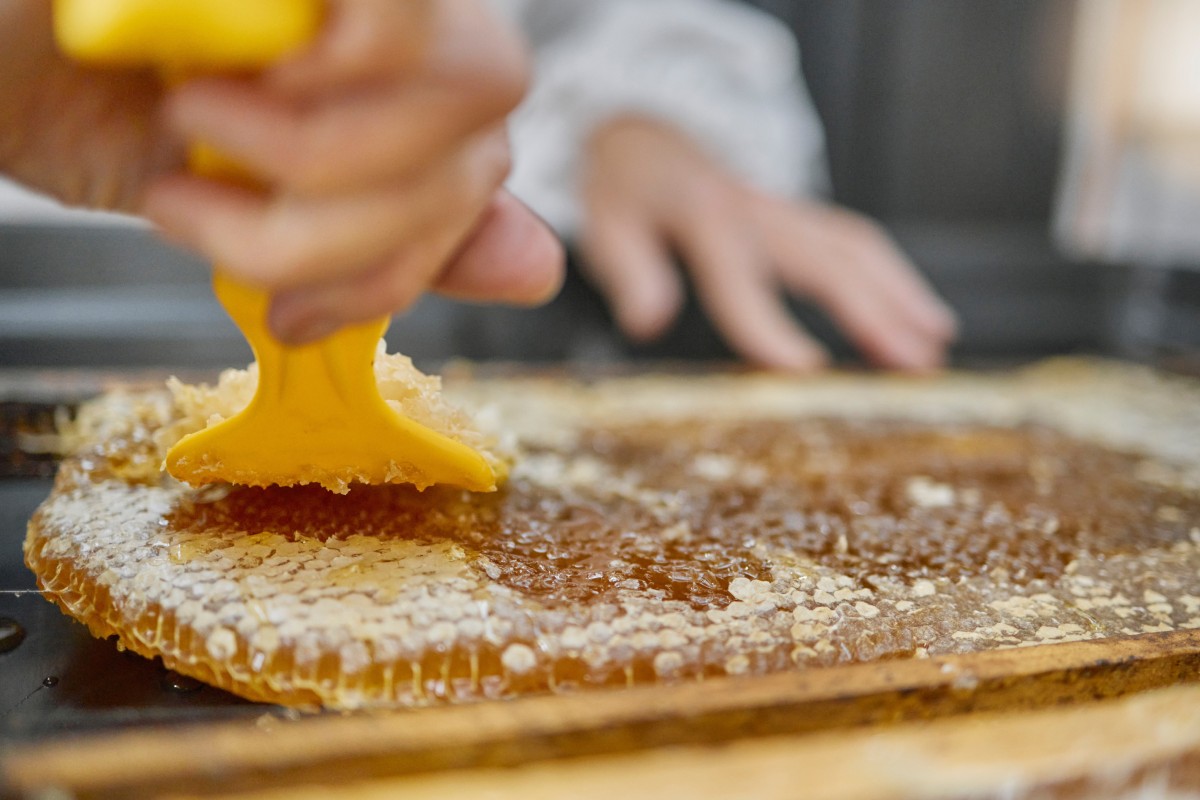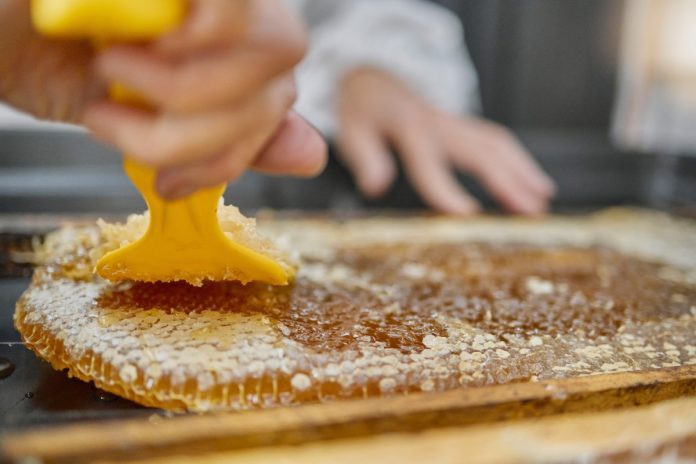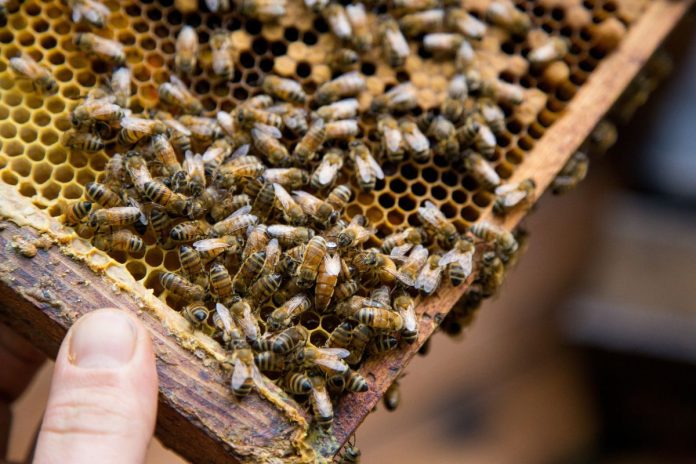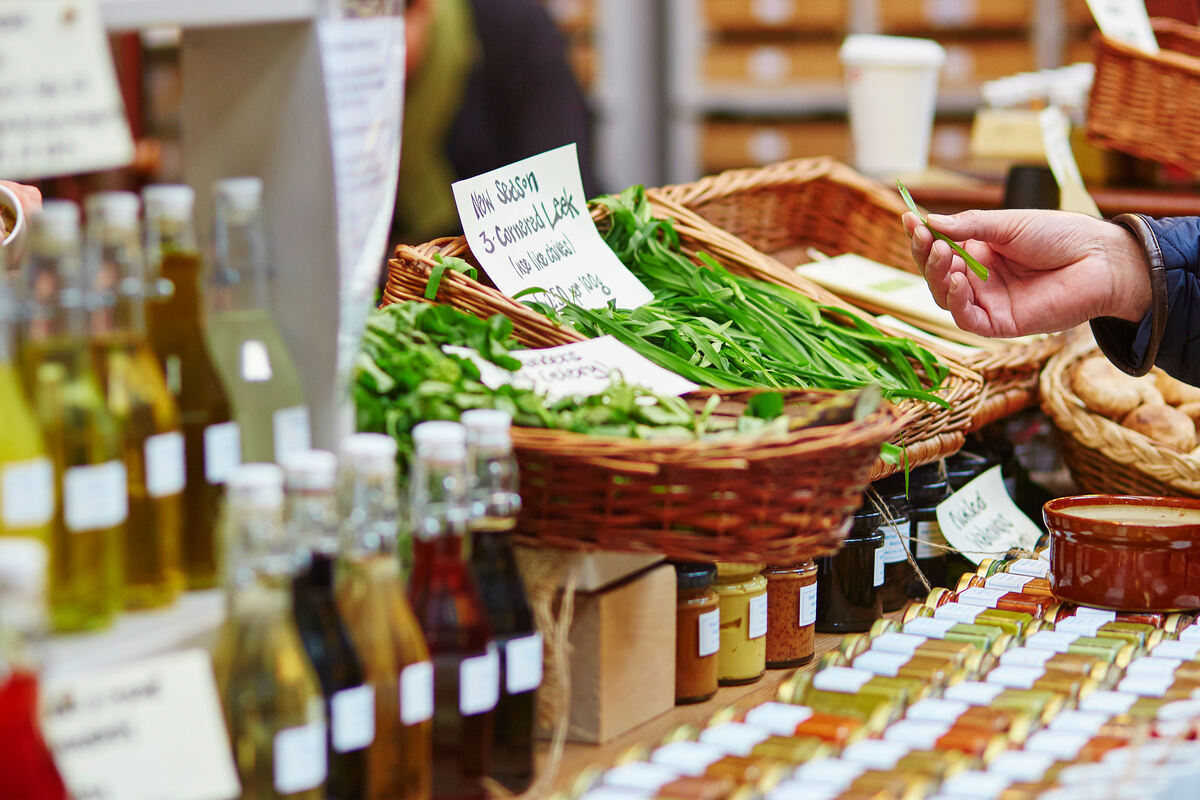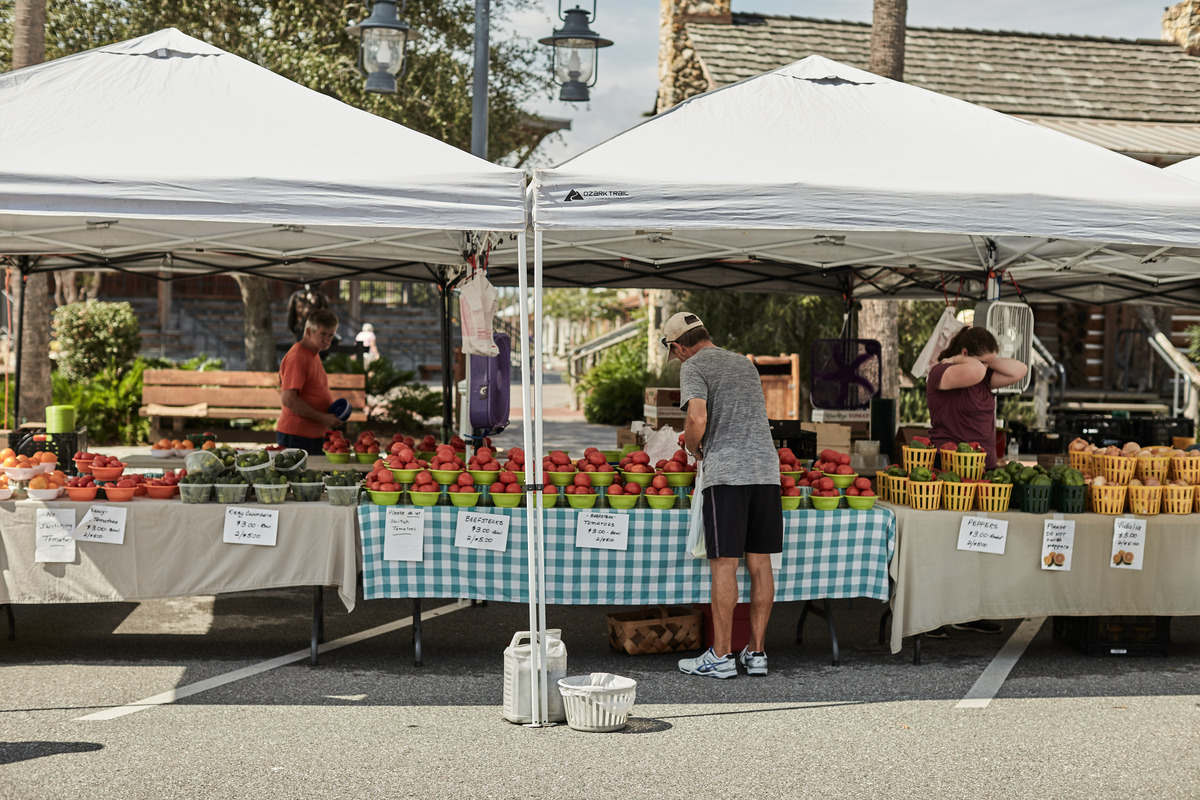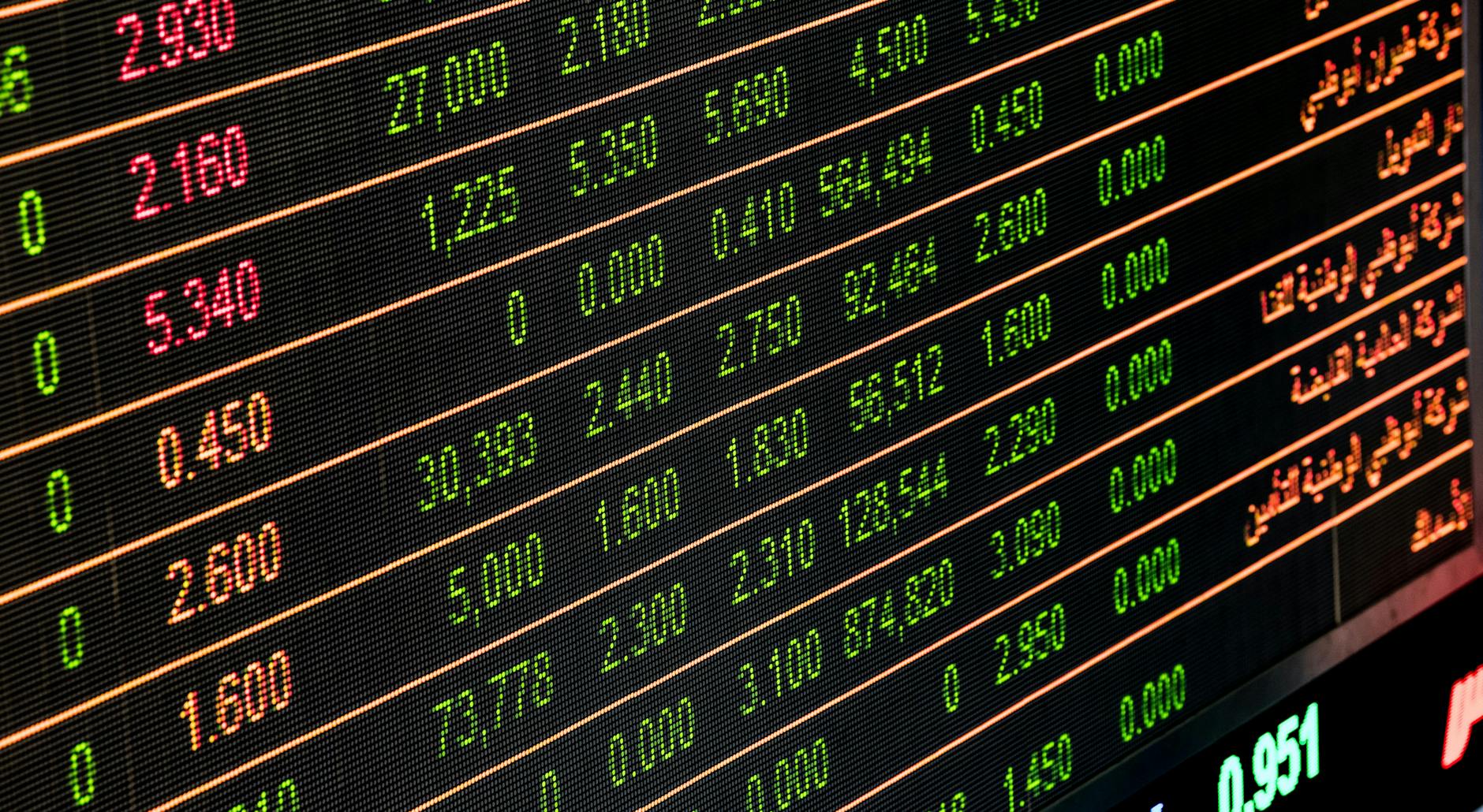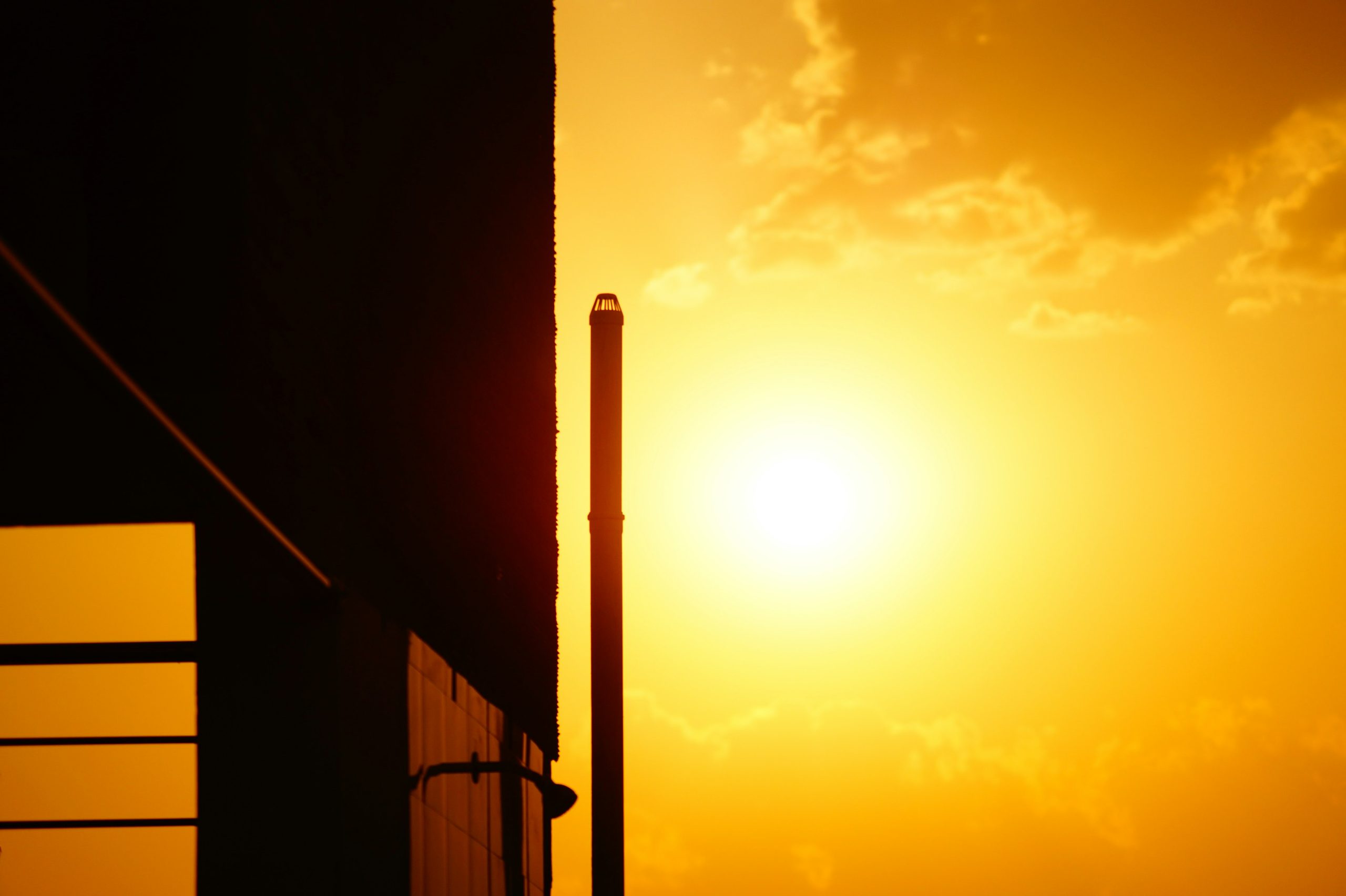Honey production shapes various ecosystem components. While bees provide essential pollination services and support biodiversity, honey production can also present some environmental challenges. What parts of an ecosystem does honey production affect? This post shows the interconnectedness between the environment, bees, and honey production.
Pollination and Plant Growth
One central aspect of honey production is pollinating flowers. Bees are a primary facilitator of plant life, helping various plant species thrive and reproduce. Pollination keeps ecosystems healthy and resilient. They also increase plant diversity, further contributing to the stability of other ecosystem components, such as soil health and water retention.
Biodiversity Support
The presence of bees enhances biodiversity. They contribute to a rich tapestry of life by helping many plant species reproduce and supporting diverse animal populations, helping restore balance in ecosystems.
The Bad Side of Beekeeping
While pollination is central to plant life and reproduction, beekeeping can have some negative side effects when not practiced ethically. Non-native bee species are often brought in for the purpose of commercial honey production. Unfortunately, it is difficult for local bees to outperform these non-native species. This takeover can lead to a decline in the native bee population and plant diversity.
Biodiversity Turned Sideways
Bees are necessary for the environment, but what happens in cases of overproduction? Everything becomes imbalanced. Particularly, the risk of disease spreads when honey producers move colonies to a new place, especially in areas low on nutritional resources. Beekeepers must be careful how often they move hives, as relocation can expose bee colonies to disease from other nearby colonies.
Addressing Environmental Challenges
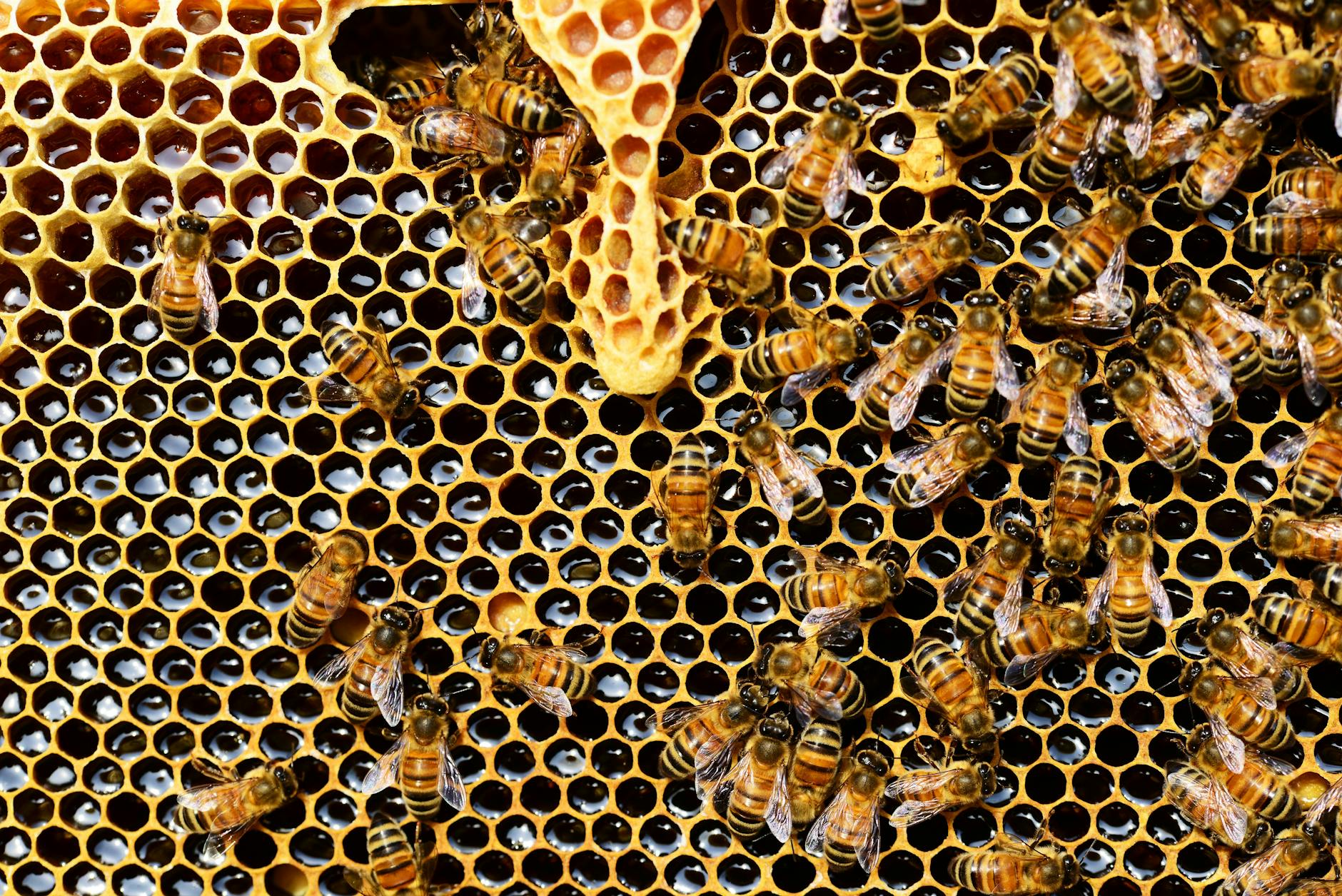
Every part of the ecosystem is fragile, so beekeepers must know how to make honey production eco-friendly. Implementing eco-friendly strategies can mitigate negative effects. Creating diverse pollinator habitats and managing hive populations provides bees with a harmonious life as they produce honey.
All in all, beekeeping is one of the best sustainable farming practices to adopt. But we still need to understand what parts of an ecosystem honey production affects. We hope you know more now about the profound impact bees have on ecological balance. Individuals can minimize their impact by being mindful of honey production practices.

